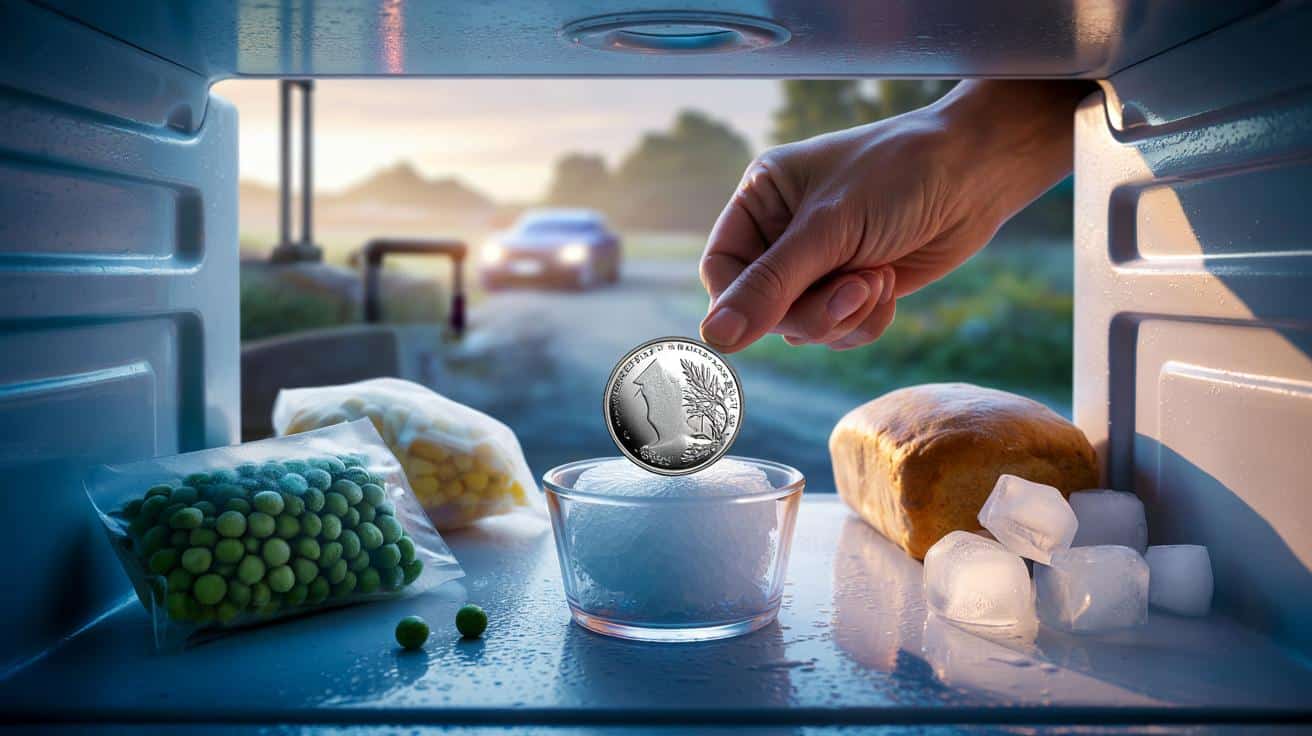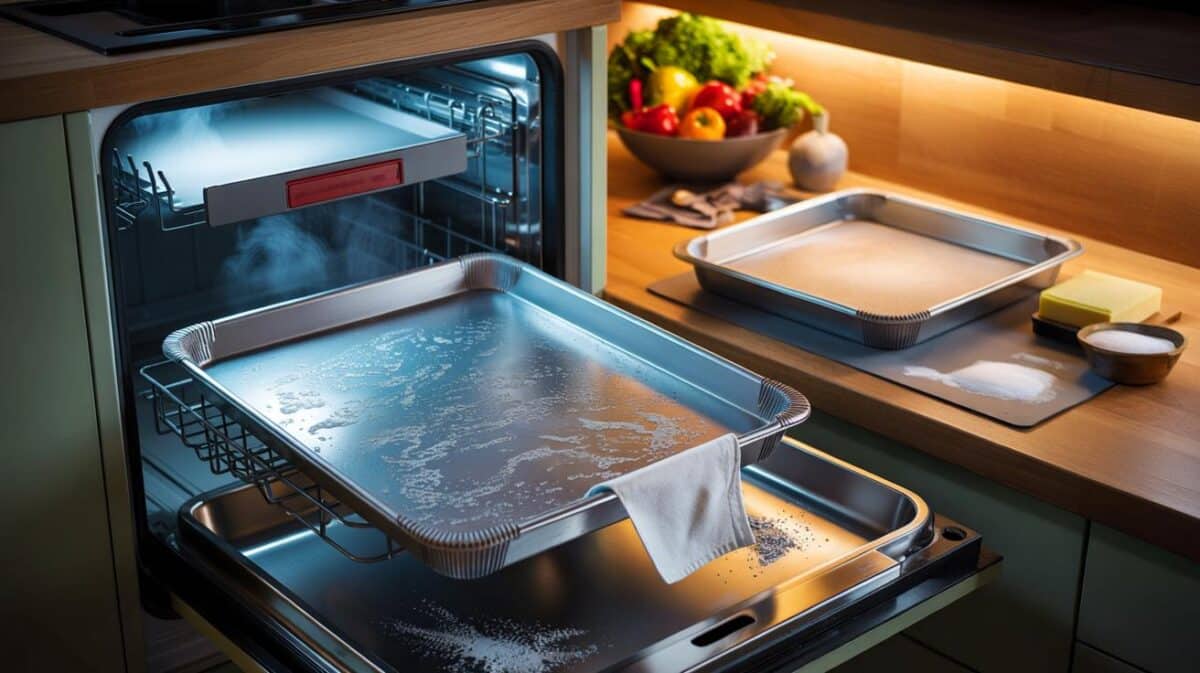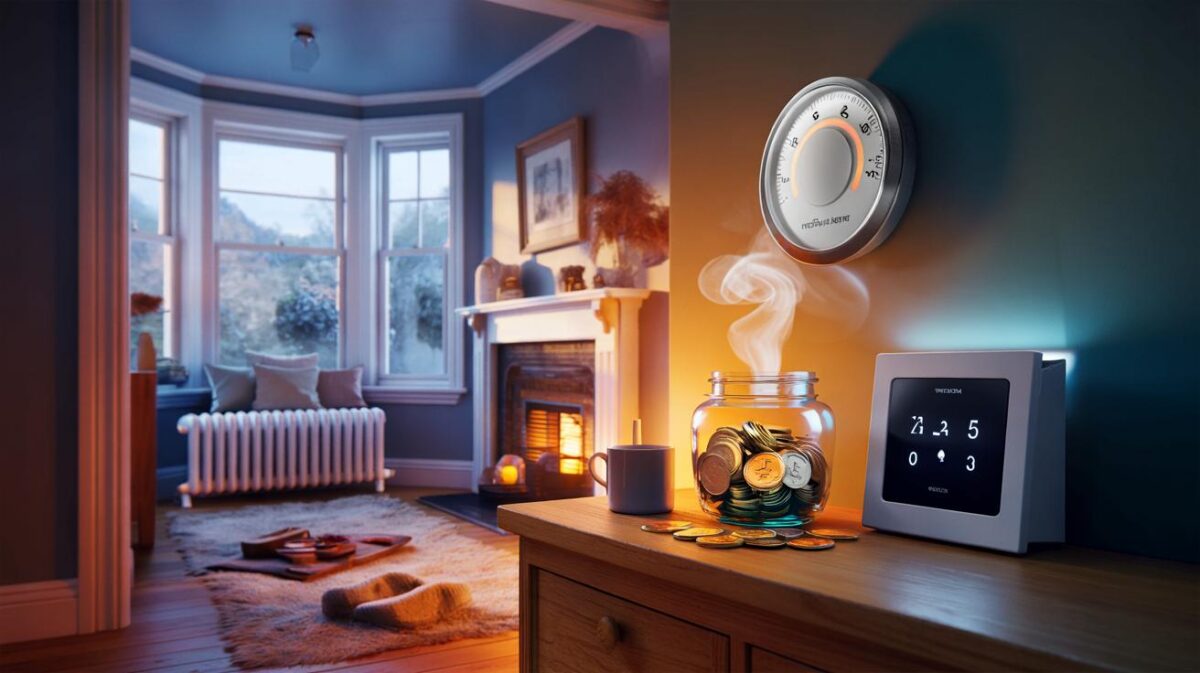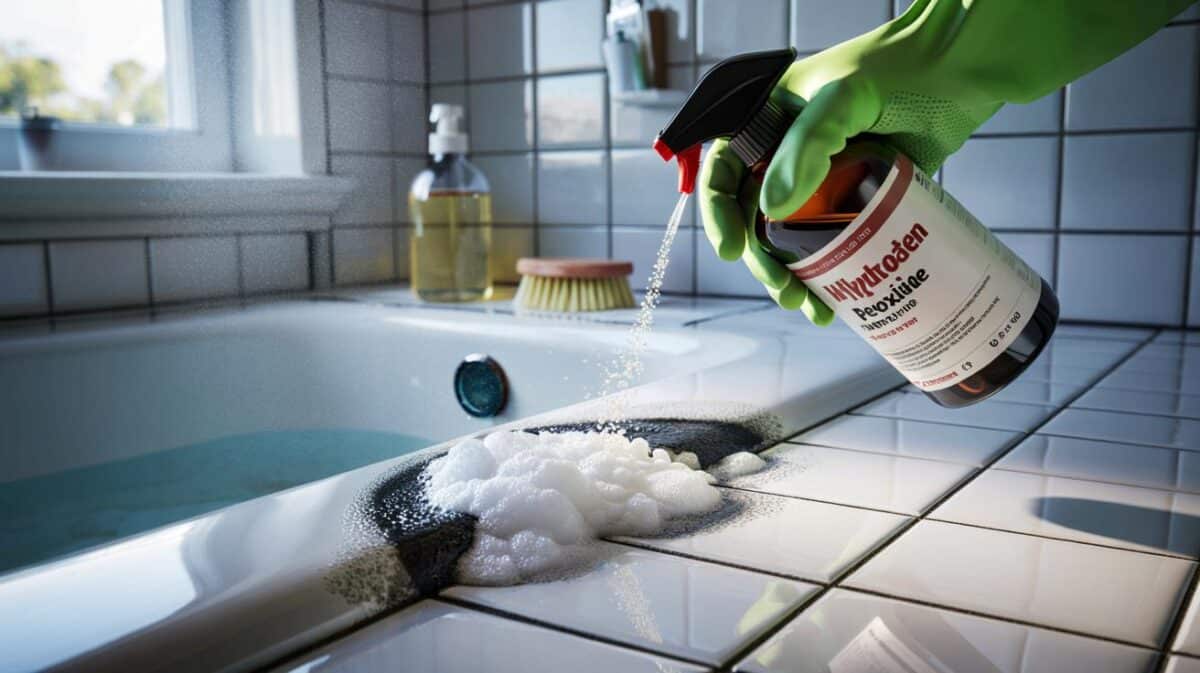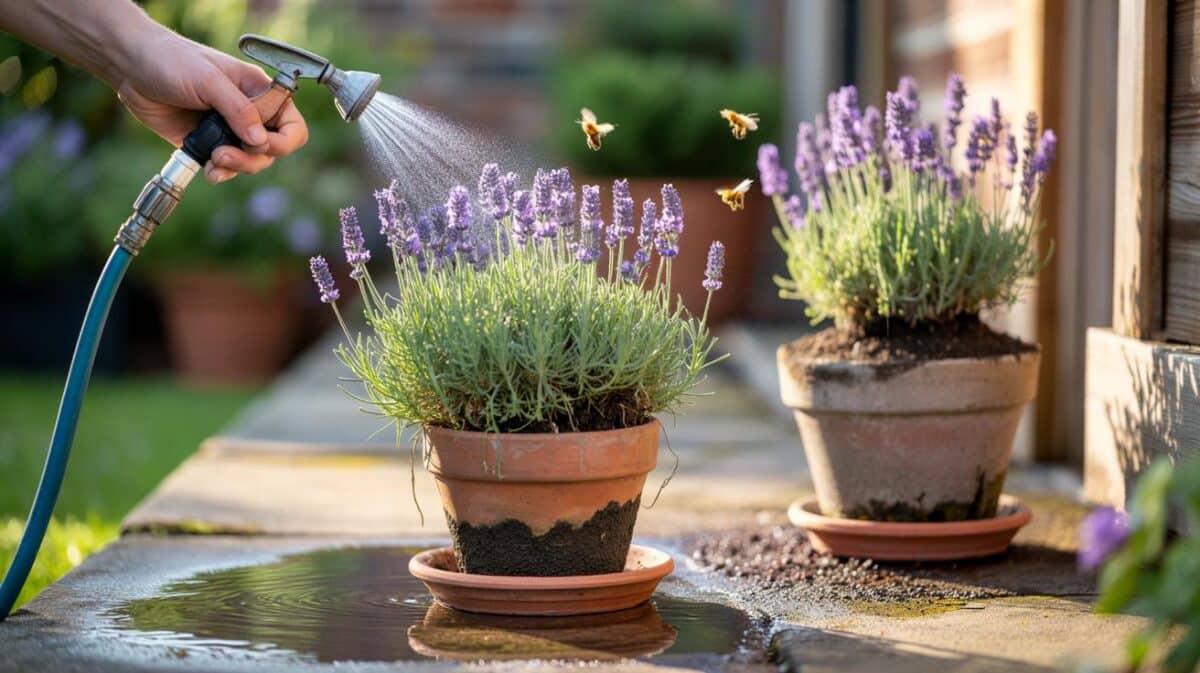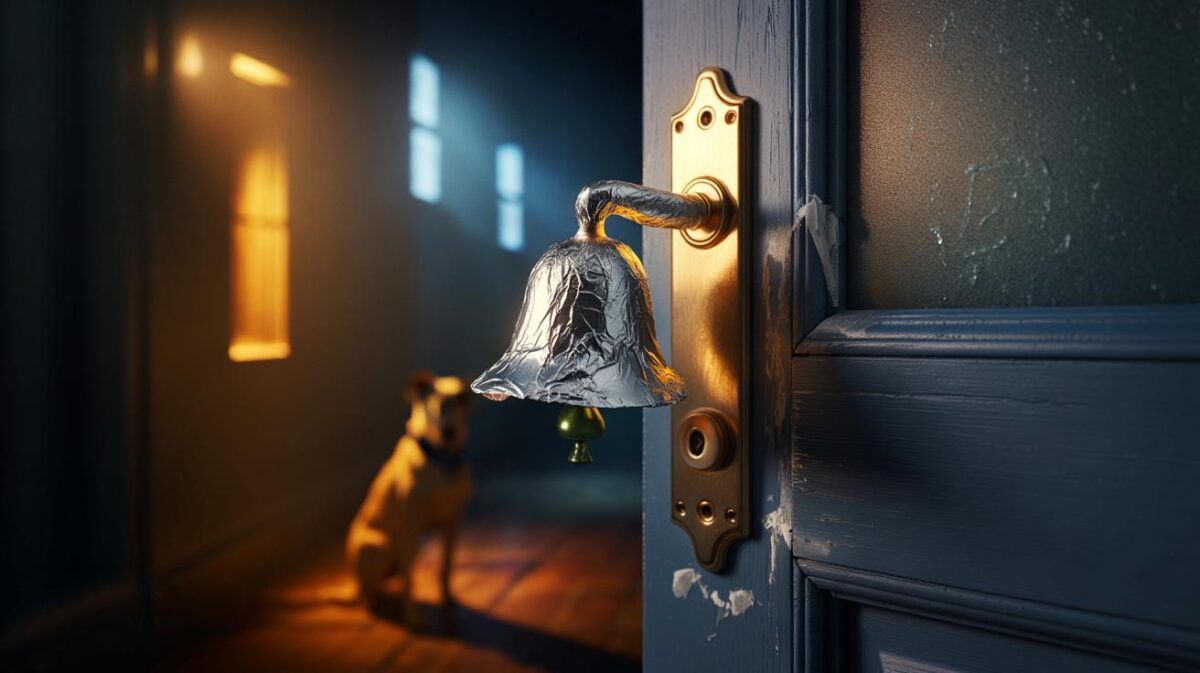Not a dramatic power cut, just a sneaky blip. The kind that melts a prawn ring at 3am and refreezes it by dawn. Nobody wants to play roulette with last week’s lasagne.
At 6.12am, before a flight that’s already too early, I watched a neighbour slide a 10p coin onto a pale disc of ice. She tucked the cup between packets of peas and a bread loaf like it was a note to her future self. Outside, a taxi honked. Inside, the freezer hummed. She grinned, shut the door and said, “It’s my truth-teller.”
We’ve all had that moment when you come back from holiday and the house smells slightly… different. The lights blinked at some point. The microwave clock is out. The freezer looks the same, but your stomach isn’t sure. You sniff a bag of berries and put it back, none the wiser. Her coin sat there, glinting quietly. It looked like the smallest insurance policy in the world. Then the coin disappears.
The coin-in-the-freezer trick, demystified
Here’s the idea in plain English. Freeze a small cup of water. When it’s solid, place a coin on top and pop it back in the freezer. While you’re away, if the power dips or the door is left ajar, the ice can soften. The coin slides into the melt. When power returns, everything refreezes. The coin’s final resting place tells you a story.
I met a family in Cornwall who swore by it after one stormy August. They returned to find the coin sunk halfway down the cup, like a tiny shipwreck in a frozen sea. The food looked fine. The bagged ice was clumped, the fish still stiff. But that coin said the freezer had warmed enough to soften the top layer. They binned the seafood, kept the chips, and skipped a nasty bout of what-ifs.
It works because melting and refreezing leave evidence that packaging can hide. A coin on the surface signals “never warmed.” A coin buried at the bottom signals “full thaw at some point.” In between, you get shades of truth. It isn’t a lab instrument, and it won’t give you temperatures to the decimal. It’s a quick visual cue. A little forensic nudge in a place we rarely notice until something smells wrong.
How to set it up before you head off
Use a small, sturdy cup or tub. Fill it with tap water and freeze it solid. Place a 10p or a pound coin flat on the ice. Slide the cup to the centre of your freezer shelf, not touching the walls or vents. That’s it. If you want belt and braces, take a photo of the coin level before you leave, then compare it when you return. *It’s not really about the metal. It’s about certainty when you come home.*
A few tweaks help. Clear containers make reading the coin’s position easier. If you pack your freezer to the brim, carve out a small cavity so air can circulate around the cup. Write the date on a bit of masking tape and stick it to the container, so you remember when you set it. Let’s be honest: nobody actually does this every day. Build it into your pre-holiday routine, like taking out the bins or setting timers on the lights.
People often overthink it or, worse, treat it like gospel. Don’t. Think of it as a **food safety nudge**, not a pass or fail. If the coin has dropped all the way to the bottom, food may have fully thawed and refrozen, which can be risky. If it’s halfway, judge what you keep with caution, especially meat and seafood. Your nose, common sense and the state of the packaging matter too.
“It’s a silent witness,” a food safety trainer told me once. “Not a thermometer. When it tells you something happened, you still need to decide what that means for each item.”
- Keep the cup front-and-centre so you can see it the second you open the door.
- Use one coin per freezer compartment if you’ve got drawers.
- Pair the trick with a simple fridge/freezer thermometer for extra context.
- If in doubt with high-risk foods, err on the side of the bin rather than the brave face.
What the coin really tells you
The coin is a truth about time. Freezers are good at hiding events. Bags frost over. Ice creams re-set. Peas refreeze into a single green brick. Packaging can mask a night of warmth that your gut doesn’t forgive later. That little disc of metal is a memory device. It logs only one thing — whether melting happened — and that’s often enough to change your decisions.
There’s psychology here too. A small ritual shrinks the noise in your head when you walk through the door after days away. Instead of guessing, you consult a witness. The coin hasn’t moved? Keep calm and carry on. The coin has dropped? You’re not squinting at suspicious ice crystals, you’re making a call. You’re less likely to cling to foods that should go, and less likely to bin perfectly safe staples out of fear.
Used well, it fits into a rhythm of smart, light-touch habits. Set your freezer one notch colder the night before you travel. Close the door on a tidy, not overstuffed, space so cold air can flow. Tell a neighbour where the fuse box is. Label leftovers with dates so you know what’s what on return. In that context, the coin becomes **the coin-in-cup test** — a simple, cheap, **power cut detector** for normal households, not a lab.
The small ritual that buys you peace of mind
There’s a reason this idea spreads in group chats and neighbourhood forums. It’s cheap, a bit quirky, and it works on a human level. No app. No subscription. No special kit. Just the tiniest nudge that lets you come home and make a call you won’t regret. You open the freezer and, in one glance, you know whether the world inside stayed cold while you were gone.
Think of all the places where no one is watching: a seaside caravan during a lightning storm, a city flat in a heatwave, a cottage with ancient electrics. The coin is insurance for ordinary lives. It helps you cut through uncertainty, waste less without gambling with your stomach, and settle back into the house without a round of detective work. If it sinks, you act. If it stays, you smile. You’ll tell a friend about it over coffee, because small, clever ideas travel fast.
| Point clé | Détail | Intérêt pour le lecteur |
|---|---|---|
| Coin as witness | A coin on frozen water shows if melting happened while you were away | Instant visual cue on return, no guesswork |
| Set-up in minutes | Freeze water, add coin, place cup centre-shelf before leaving | Zero cost, zero tech, easy to repeat before each trip |
| Read it wisely | Top = likely safe; halfway = caution; bottom = possible full thaw | Better decisions, less waste, fewer upset stomachs |
FAQ :
- Does the coin trick replace a thermometer?No. It flags that warming happened but doesn’t tell you how warm or for how long. Pair it with a fridge/freezer thermometer for fuller context.
- What kind of coin or container should I use?Any small coin works. A clear, sturdy cup or tub helps you see the coin’s level easily when you get back.
- What if the coin is slightly sunk but not at the bottom?Treat it as a partial thaw. Keep low-risk items like bread and veg; be careful with meat, seafood and ice cream. Trust the evidence over wishful thinking.
- Can I do this with an ice cube on a plate?Yes. Freeze an ice cube, place it in a small lidded tub or on a saucer, set the coin on top and tuck it into the freezer. Same principle, different shape.
- Why not just leave the freezer on super-cold the whole time?Turning it one notch colder before you go helps, but power blips and doors left ajar still happen. The coin gives you a clear signal after the fact.

